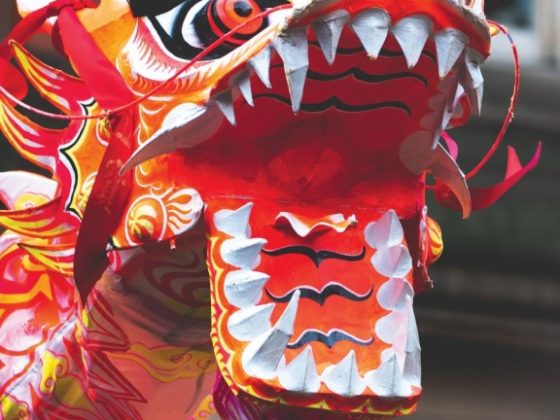WORDS BY Catherine Shin
PHOTOS BY Yi Choon Tang, Liu Jiawen
Tucked away in a corner of Taipei’s bustling Nanmen Market (南門市場), lies a storefront that many of Taipei’s oldest residents would recognize by its fragrant aromas and delightful sights alone: Shanghai Hoshing Pastry Shop (上海合興糕糰店). As the interview day marked the grand opening of their new location at the temporary Nanmen Market on Hangzhou South Road (杭州南路), with the original market currently undergoing a three-year construction plan, second-generation Shanghainese owner Ren Tai-hsing (任台興) could barely spare an hour amid all the hustle and bustle to sit down and chat with TAIPEI about his store’s legacy. (Read more: Three Alternative Ways to Experience Food in Taipei)
ORIGINS OF HOSHING
The history of Hoshing can be traced back to 1947; its name, Hoshing, actually came from Ren’s father’s master, who brought several apprentices from Shanghai, including Ren’s father, after the Chinese Civil War to scout out Taipei’s economy and local market. “My father’s master decided on this name because ‘Ho (合)’ stands for ‘to collaborate’ and ‘Shing (興)’ for ‘feelings of excitement’ — the feeling that they all shared in starting something new together in this country,” Ren exclaims. “And, of course, it also carried the meaning, ‘Great things are born from collaboration.’” So, what eventually happened to his father’s master? “Actually, a year later, he left to go back to China to bring his family over. But he never came back, and so my father continued to run the business,” Ren replies.
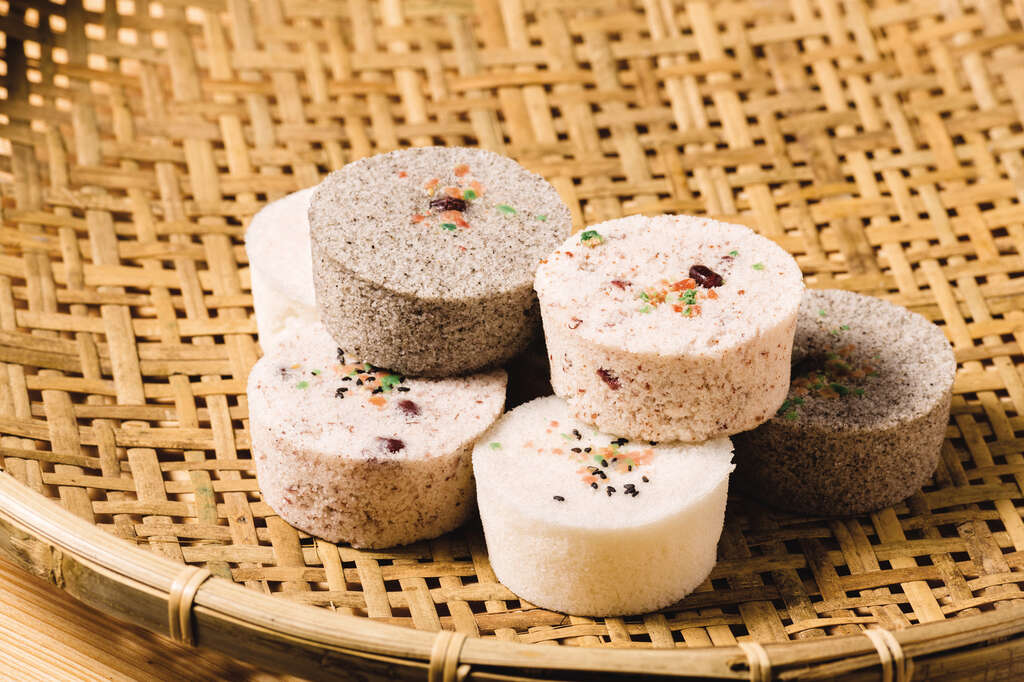
Another unique thing about Hoshing’s name reflects its Shanghai origins as well. Unlike other traditional Taiwanese pastry shops named gaobing (糕餅), they chose to stay true to their Shanghainese roots by using gaotuan (糕糰) instead. The term gaotuan, referring to two types of delicacies offered: gao (糕), or cake flour, and tuan (糰), or glutinous rice flour, is a name commonly seen in and around Shanghai pastry shops even today. And this name is rather fitting for the variety of items found in their storefront, with delicacies ranging anywhere from traditional red bean peach-shaped buns (壽桃), red bean cakes (紅豆年糕), sponge cakes (鬆糕), steamed nut or pumpkin bread rolls (堅果饅頭、南瓜饅頭), to the ever-popular silver thread rolls (銀絲卷). And these are just to name a few! (Read Also: Taiwan Knows Food: A Guide to Taipei’s Michelin-Worthy Night Markets)
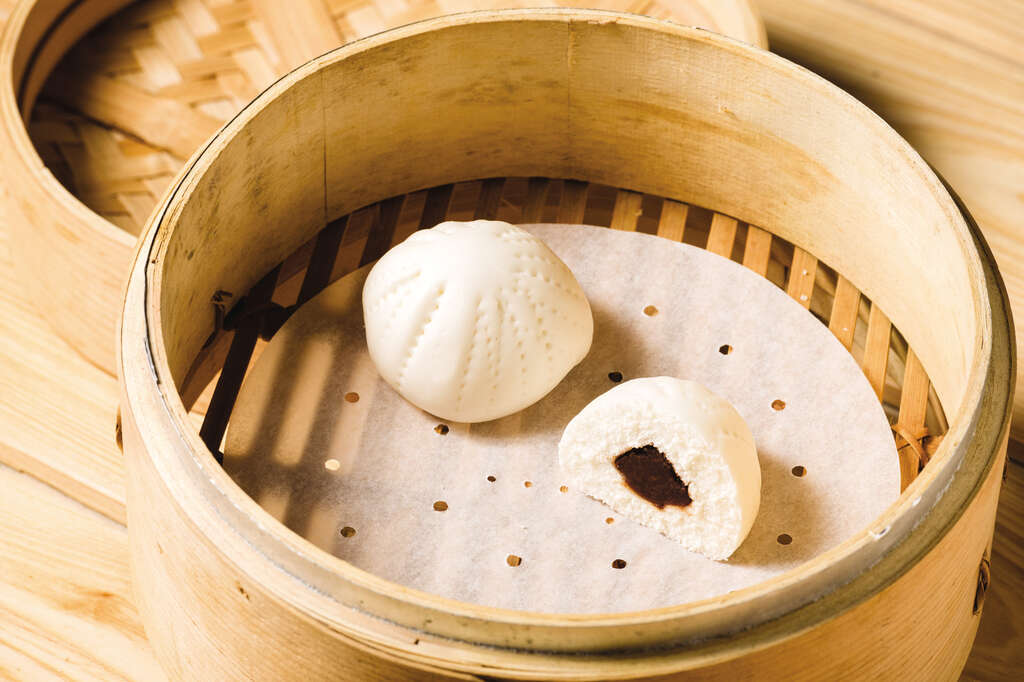
HOSHING & TAIPEI’S NANMEN MARKET
As a child growing up in an attic right above the original Nanmen Market storefront where his father sold his pastries, Ren’s life literally began in the market. “They didn’t have doctors at the time, only midwives. So, I was born right here in an attic, just above the market,” Ren’s eyes twinkle. “At the time, the market was still called Thousand-Years Market (千歲町), and it was by far the largest and most well-established market in Taipei then, which is why my parents decided to set up shop here.” It would later prove to their advantage. For many civil servants having just immigrated to Taiwan and residing in far-away districts like Xindian (新店), Nanmen Market acted as the central hub for buses and transportation, even more popular at the time than Taipei Main Station. Eventually, it came to be known as the “Market of the North and South (南北雜貨店),” being the main center of ingredients and supplies for all different tastes and cuisines alike.
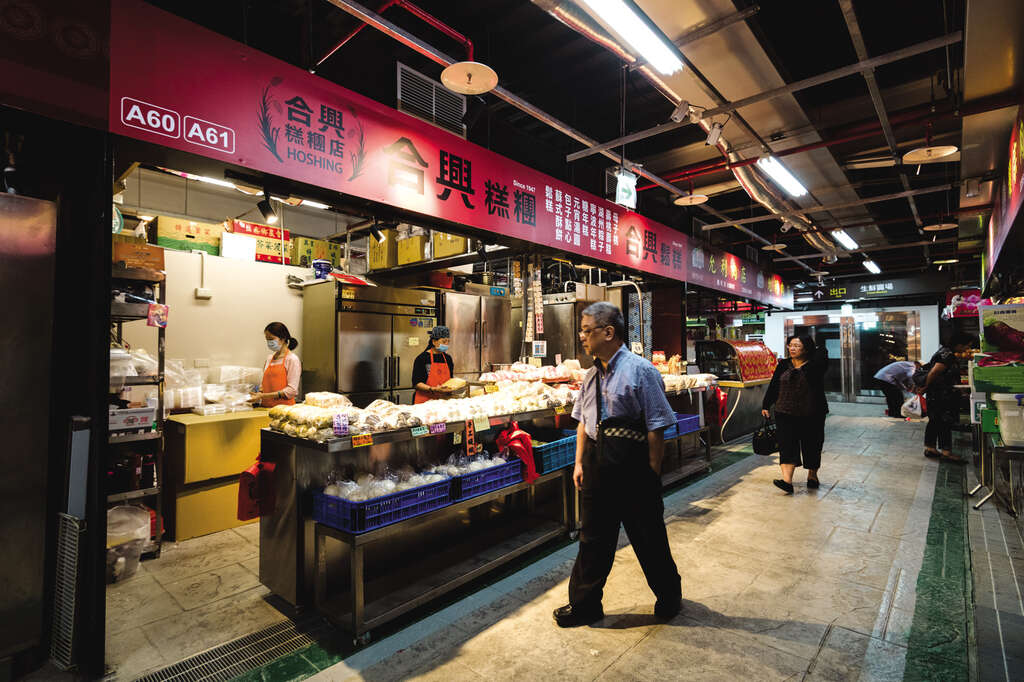
Upon finishing his compulsory military service at the age of 25, Ren chose to take over the family business and, 40 years on, is still running it almost singlehandedly. “It wasn’t difficult for me, honestly. I grew up here and had spent my whole life watching my father’s apprentices at work. And it was expected of children back then to help out on the weekends, which I did,” he tells us. Now, at 65 years old, Ren still stands proudly as the owner of Hoshing, along with his daughter who is running their other Dihua Street branch, Hoshing 1947. And apparently, loyalty and determination like theirs is not uncommon in the industry. One of his oldest apprentices is now 54 years old, having joined the company at the young age of 14. “Our turnover rate is really low because all of our apprentices start from when they’re young, enroll in the army, and then come back afterwards to continue learning with us,” Ren says proudly. Currently, Hoshing is still very much a small family business, employing only 12 workers, which includes his wife, daughter, and son-in-law, who help run Hoshing 1947.
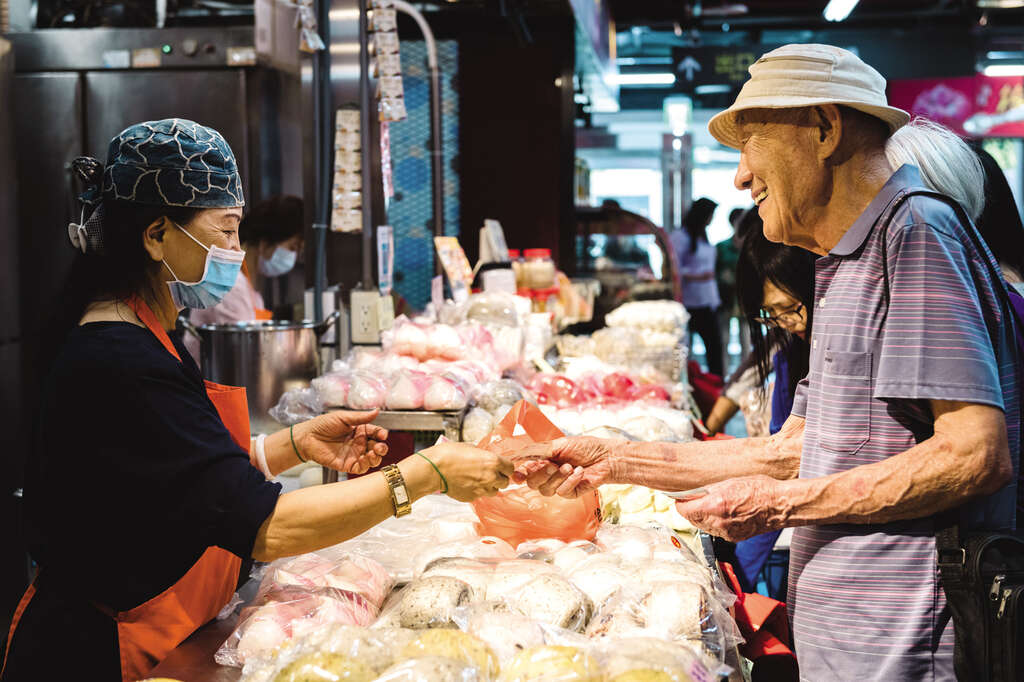
PREPARATION OF PASTRIES
Even with the availability and ease of modern machinery and bulk-purchasing today, Ren is still insistent on making his own glutinous rice flour. “It’s what makes us stand out from the rest in Taipei,” he says, “I don’t care about anything else but quality, even if that means making everything from scratch.” With most pastry shops choosing to use imported or pre-packaged glutinous rice flour, Ren creates his own by arduously grinding rice into fine powder. He recalls, “Back in the day, the sound of the grinding machines was so loud. Even if you were too tired and wanted to sleep in, the loud whicketywhacking at 5:00 am. would force you awake anyway!” he laughs. Nowadays, they use a similar machine designed exclusively for Hoshing, costing around NT$200,000. “It’s smaller and definitely not as loud as before, and it does the job.” Even his daughter’s store uses the same high-quality ingredients: “I have only one rule,” says Ren, “You must taste it before you sell it. If you don’t even like what you’re selling, don’t bother.”
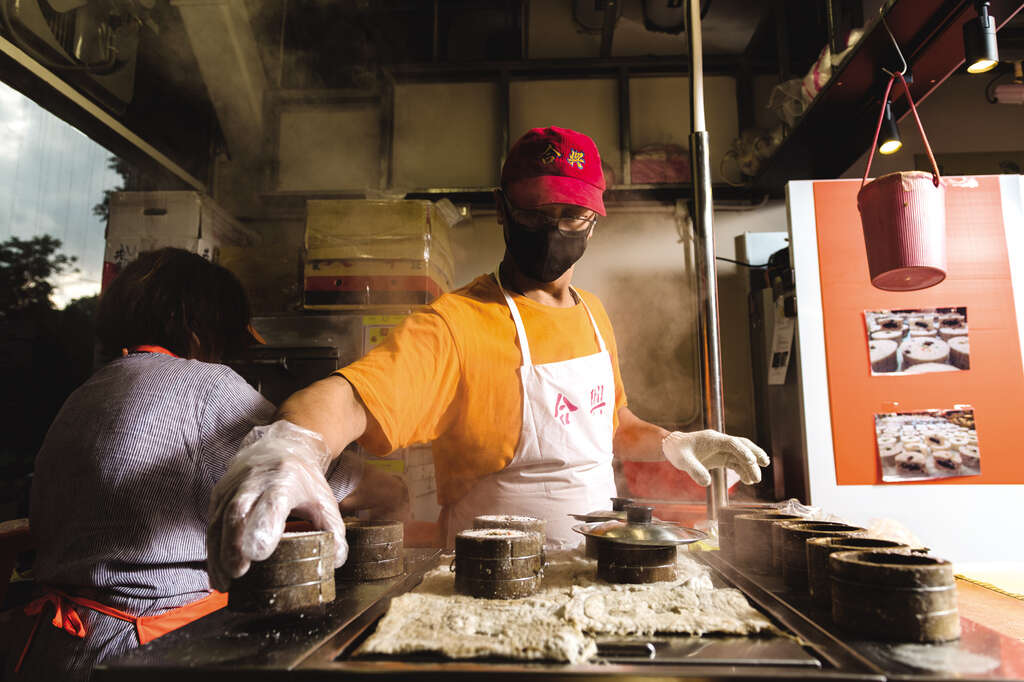
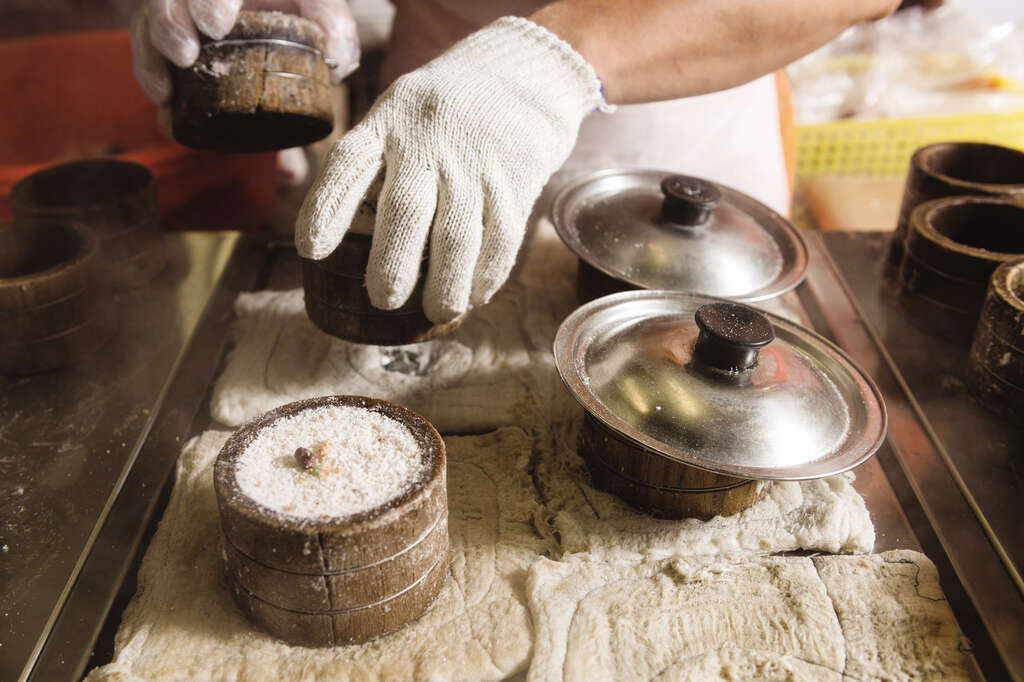
HOSHING PASTRY SELECTIONS AND THE TASTE OF TAIPEI
With all the selections that Hoshing offers, where does one start? Well, for their cake flour delicacies, Ren personally recommends trying their famous steamed nut bread rolls, traditional red bean peachshaped buns, and silver thread rolls. “Our steamed nut bread rolls are made with just cake flour and nuts — no sugar, salt, or oil added. So you can really taste the freshness of the nuts,” he says, “And also, our traditional red bean peach-shaped buns are made with half-yeast and half-cake flour, giving it a chewier texture than others on the market.”
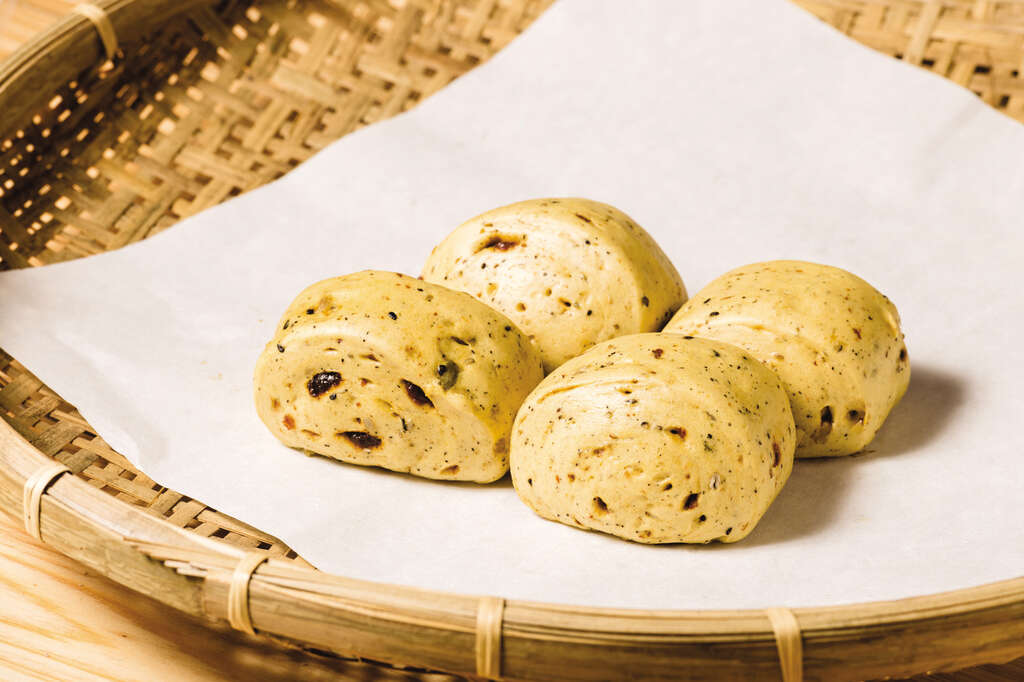
In terms of glutinous rice flour treats, he recommends their hot-selling cakes like Ai grass cake (艾草糕) and gold cake (金糰), both of which are available only during the weekends; and anggugui (紅龜粿), red bean cake, or lotus seed cake (蓮子糕), all of which are available regularly. Ai grass cake is something Ren is particularly proud of, with the ingredients being locally grown on his wife’s family farmland in the countryside. He tells us, “Many of our old customers really enjoy our Ai grass cake. So, to maintain the quality of our ingredients, we plant our own grass and go down there whenever it’s time to reap the harvest.” Imagine that — a worldrenowned pastry shop with local “roots”!
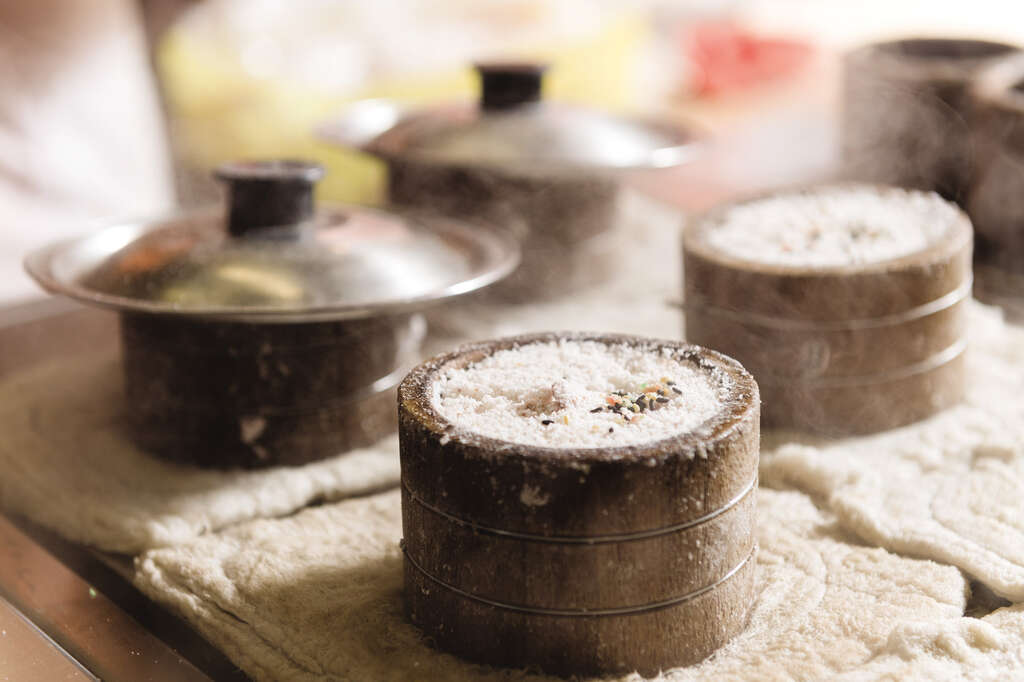
In terms of seasonal items, he says, “My father always believed in offering food based on the seasons or festivities. So whatever season or festivity was going on at the time, you would offer that particular food.” For traditional Chinese culture, that means having New Year cake on the Lunar New Year, tangyuan on the Winter Solstice and yuanxiao on the Lantern Festival, zongzi (粽子) for the Dragonboat Festival, and moon cakes (月餅) during the Mid-Autumn Moon Festival.” Although for Hoshing, tangyuan, or glutinous rice balls, are considered an everyday dessert for the older generation, meaning they are actually offered year-round. (Read Also: Everything You Need to Know about Dragon Boat Festival in Taiwan)
And what would Ren recommend to tourists visiting Taipei for the first time? “Well, one of our most famous items is our sponge cake. They are a musttry! Even our Shanghainese customers come all the way from Shanghai just to try it. They say it tastes even more local and delicious than the ones back home!” he smiles with pride. As for Japanese and Western visitors, their taste buds can vary a bit. “Usually, the Japanese love anything red bean, so I’d definitely suggest trying our red bean cake. And they also love the shape of the traditional red bean peach-shaped buns. By contrast, Europeans and Americans don’t care so much for shape in general. Instead, they like our steamed vegetable buns (菜包). Moreover, being used to more sugar, they also enjoy our jujube treats (棗泥). It has a sweet but also tangy taste to it.” When pairing these delicacies, oolong tea or green tea tends to be the perfect mix. “For heavier flavors, oolong tea is an excellent choice to wash away some of the sweetness or saltiness. And for a lighter feel, green tea is also great,” Ren recommends.
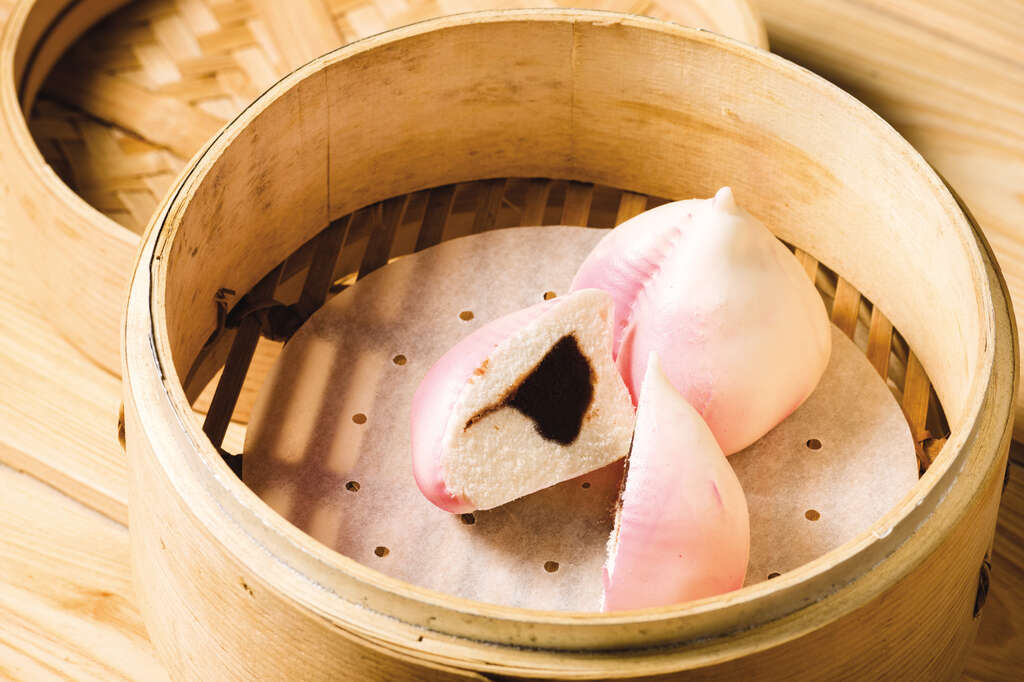
With 70 years of experience, Hoshing has gradually developed a more “modern” taste of Shanghai pastry to meet the needs of people in Taipei. “Well, people prefer less oil and sugar nowadays,” Ren shares candidly, “which is why we try to make our pastry healthier by using vegetable oil and less sugar.”
KEEPING UP WITH TRENDS AND A FUTURE VISION
With three branches around Taipei, Hoshing offers a unique taste and feel for each location. Their Nanmen Market store is the longest-running and also the most traditional, catering to a mostly older generation, while their Wanhua District and Dihua Street locations offer a more comfortable experience with in-store seating and tea sold on site while the pastries are made into a more colorful and smaller size to meet modern people’s taste. The new business model, in Ren’s opinion, is a new and excellent way to introduce traditional pastries to the next generation. (Read Also: Why Dadaocheng should be your first stop in Taipei)
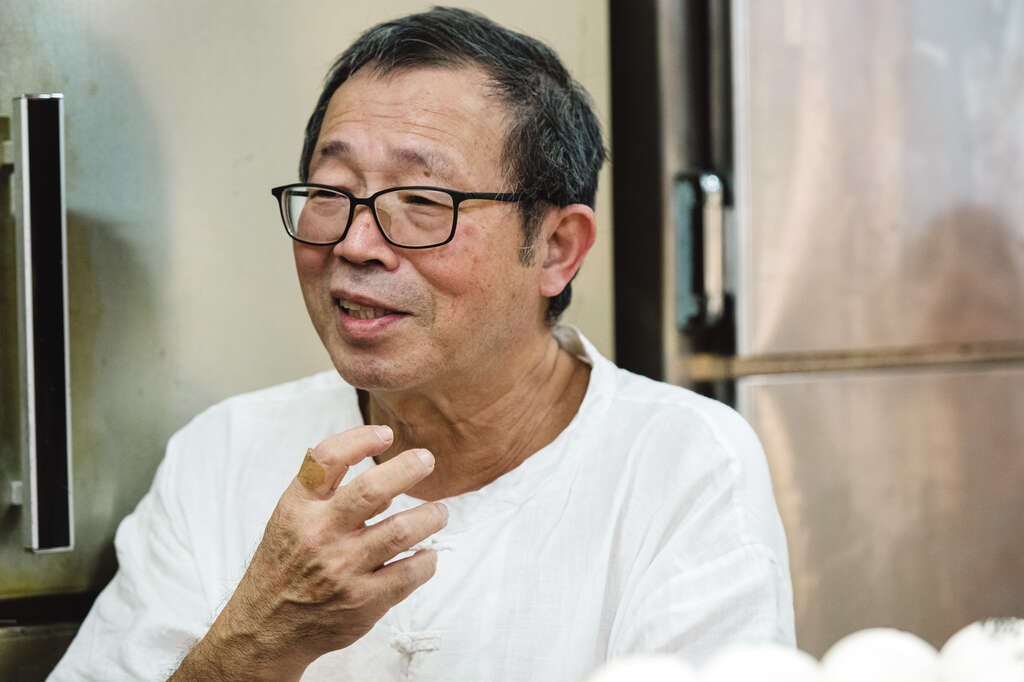
When asked about Hoshing’s vision for the future, Ren replies, “I just want to preserve the tradition of making delicious pastries and see them get passed down from generation to generation. It’s okay for the size and shape of the actual pastries to change over time, but the ingredients and texture should not. Some of our old customers keep coming back for more because it’s what they grew up eating. It’s the same pastries that their parents ate, that their parents’ parents ate, and so on and so forth. So, for them, it feels just like coming home.”
We’ve never doubted that Taipei’s trendy restaurants have their advantages, but it’s the traditional tastes like those offered at Hoshing that always remind people of home. It’s not easy to find a sense of belonging with a single bite of food, yet Hoshing has made it so for the last 70 years, and will certainly pass on this sense of pride and compassion to the next generation.
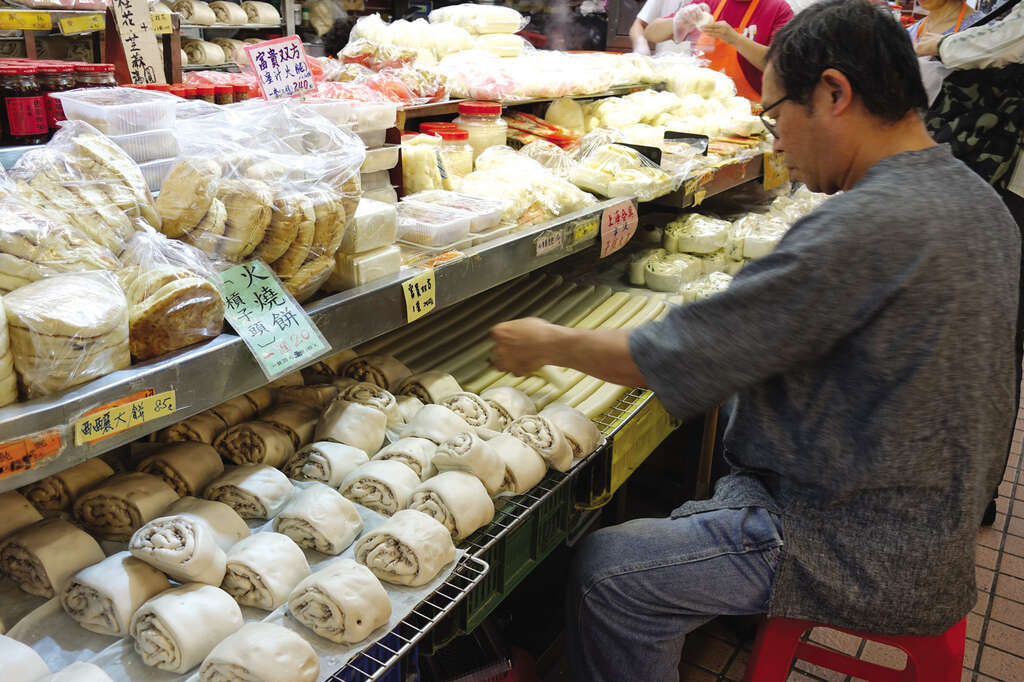
HOSHING PASTRY BRANCHS
SHANGHAI HOSHING PASTRY SHOP
55, Sec. 2, Hangzhou S. Rd., Daan Dist.
7:00am – 6:30pm (Closed on Monday)
HOSHING 1947
223, Sec. 1, Dihua St., Datong Dist.
11:00am – 7:00pm (Closed on Monday)
BASHIHBATING BY HOSHING 1947
70, Sanshui St., Wanhua Dist.
11:00am – 6:00pm (Closed on Monday)
This article is reproduced under the permission of TAIPEI. Original content can be found at the website of Taipei Travel Net (www.travel.taipei/en).


